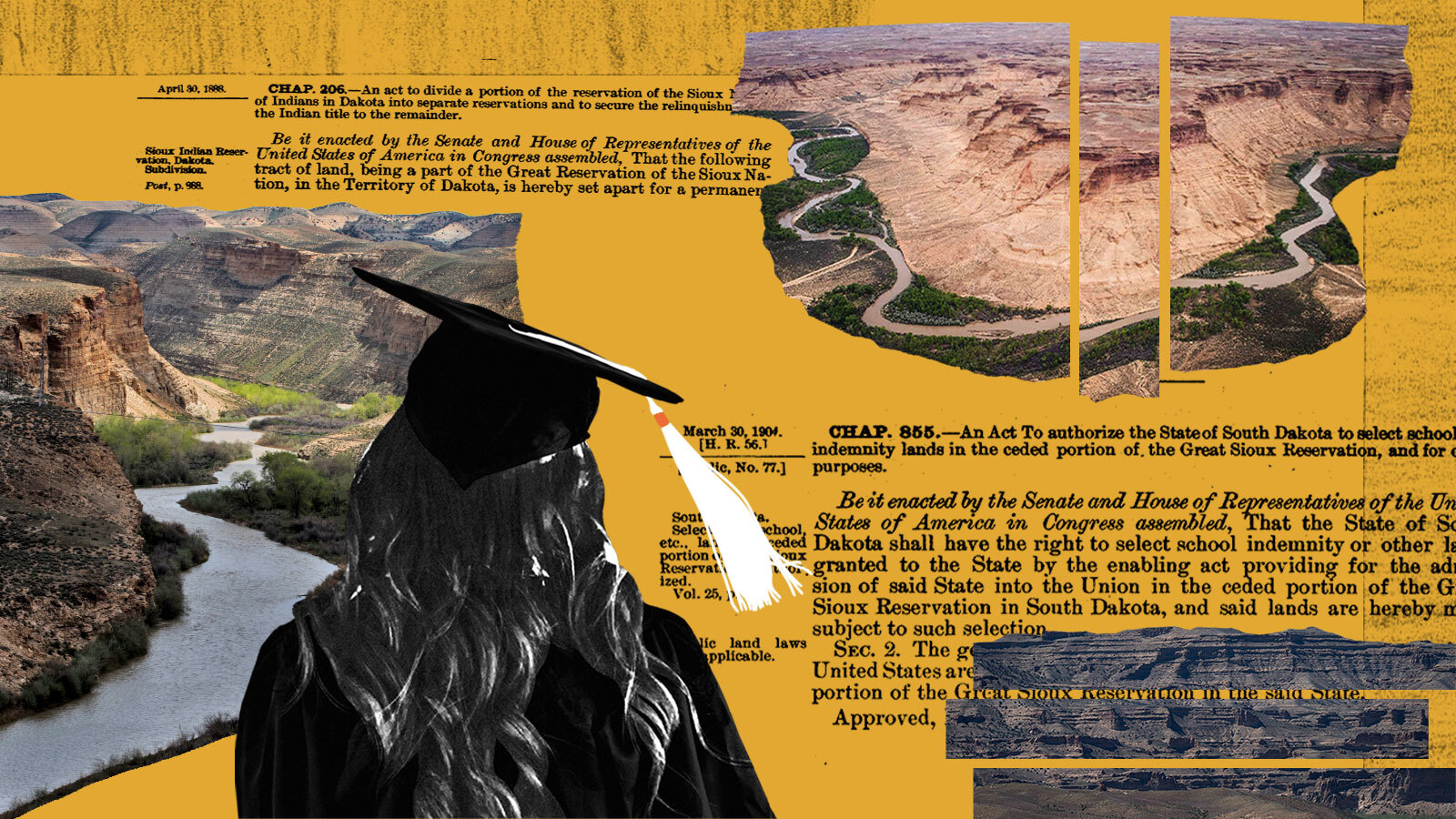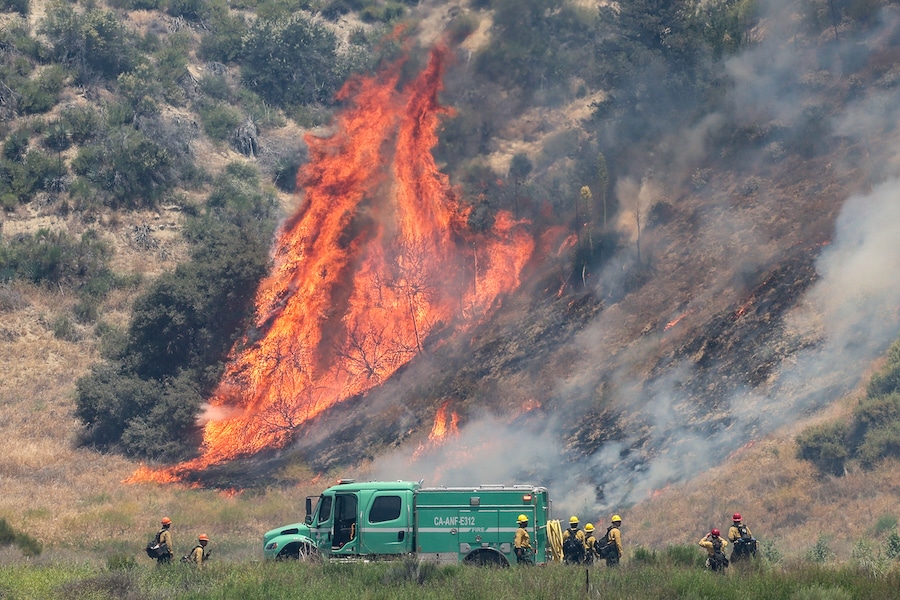Within weeks, the nation will deploy 9,000 people to begin restoring landscapes, erecting solar panels, and taking other steps to help guide the country toward a cleaner, greener future.
The first of those workers were inducted into the American Climate Corps on Tuesday during a virtual event from the White House. Their swearing-in marks another step forward for the Biden administration’s ambitious climate agenda. The program, which President Joe Biden announced within days of taking office in 2021, is a modern version of the Climate Conservation Corps, the New Deal-era project that put 3 million men to work planting trees and building national parks.
During the ceremony, the inaugural members of the corps promised to work “on behalf of our nation and planet, its people, and all its species, for the better future we hold within our sight.”
The American Climate Corps was among the first things Biden announced as president, but it took a while to secure funding and get started. More than 20,000 young people are expected to join during the program’s first year, according to the White House, with new openings appearing on the American Climate Corps job site in the months ahead. The pay varies depending on the location and experience required, with open positions ranging from around $11 to $28 an hour.
The administration is promoting the corps as a way for young people to jump-start green careers. In April, the White House announced a partnership with TradesFutures, a nonprofit construction company, a sign that the program might help fill the country’s shortage of skilled workers who can help electrify everything. The White House will also place members in so-called “energy communities” like former coal-mining towns to help with environmental remediation and other projects.
“Whether it’s managing forests in the Pacific Northwest, deploying clean energy across the Southwest, or promoting sustainable farming practices throughout the heartland, the president’s American Climate Corps is providing thousands of young Americans with the skills and experience to advance a more sustainable, just tomorrow,” White House climate advisor Ali Zaidi said in a press release on Tuesday.
The launch of the American Climate Corps might appeal to the young voters who were crucial to Biden’s victory in the 2020 election over President Donald Trump and many of whom, according to polls, aren’t sure they’ll vote for him again. This same demographic supports climate action, surveys show, with more than three-quarters of younger Americans, both Republicans and Democrats, saying they want the United States to take steps to address climate change.
The pledge the corps members swore to on Tuesday was written by Barbara Kingsolver, the Pulitzer Prize-winning author who famously explored the consequences of climate change in her 2012 novel Flight Behavior. Kingsolver told Grist that the climate corps is “one of the most exciting things that’s happening in the country right now.” She has seen rising concern among younger generations inheriting a warmer world. “I’ve always thought that worry can be a paralyzer or an engine that puts you to work, and that you’ll go farther and feel better if you put your worry to work,” she said.
This story was originally published by Grist with the headline The American Climate Corps officially kicks off on Jun 18, 2024.






